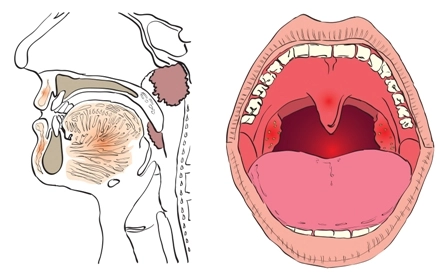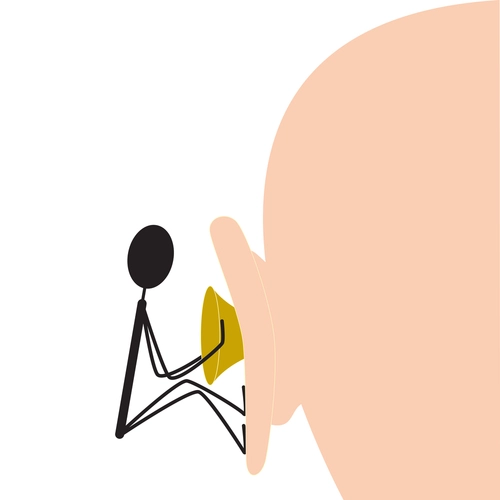Pediatric Coding Alert
Assess Modifier Use in This Multiple Test Claim
Question: I have a question regarding administering the Vanderbilt assessment. We typically give the test to the patient’s parents and to two of the patient’s teachers. Does this mean we can bill four units of the test? Or do we bill each test on a separate line with modifier 59? Illinois Subscriber Answer: Typically, you would use CPT® code 96127 (Brief emotional/behavioral assessment (eg, depression inventory, attention-deficit/hyperactivity disorder [ADHD] scale), with scoring and documentation, per standardized instrument) when your pediatrician receives the Vanderbilts back and performs the scoring and documentation of the screening. The Vanderbilt assessment scales are “used by healthcare professionals to help diagnose ADHD in children between the ages of 6 and 12,” according to the National Institute for Children’s Health Quality, the tool’s author. Very often, a practice will not receive the forms back all at once after the pediatrician has sent them out, so you may not have to bill each test on the same claim. However, if you do put all four tests on that claim, you would attach modifier 59 (Distinct procedural service) to each 96127 after the first one providing your payer does not prefer unit billing. If the payer does pay per unit, then you would bill four units of 96127 instead. At the same time, you should also see if the payer has any restrictions on the number of assessments you can bill on any one claim. You can also use modifier 76 (Repeat procedure or service by same physician or other qualified health care professional) to indicate that the same service was performed on the same date for the same patient by the same provider. By using the 76 modifier, you will more than likely decrease the likelihood of getting a denial for a duplicate service. Also, by using the 76 modifier you can use units, as the modifier states to the payer that, in fact, you are doing this service more than one time, though this may be dependent on the payer. Coding caution: Because 96127 requires the documentation of scoring and results, these screenings should not be billed until they are returned to the physician and he or she has scored and documented them. Documenting each one is extremely important due to the criteria in the code itself. Billing before the screenings come back would be an error, as the code includes both the scoring and documentation.
Related Articles
Pediatric Coding Alert
- Condition Spotlight:
Add This Advice to Your Asthma Coding Armory
Use this guide to capture conditions correctly. You know that the J45.- (Asthma) codes are [...] - Guidelines:
Can You Solve These 4 Neonatal Transfer of Care Scenarios?
Get them wrong, and your bottom line could be in jeopardy. The days after a [...] - Clip & Save:
Use This Chart to Code Common Summer Conditions
And make sure you have your E/M, procedure coding ready to roll. Summer is the [...] - You Be the Coder:
Beware of Procedure Type, Global Period, in This Neonate Encounter
Question: Our pediatrician just performed services for a newborn. On the first day, she performed [...] - Reader Question:
Assess Modifier Use in This Multiple Test Claim
Question: I have a question regarding administering the Vanderbilt assessment. We typically give the test [...] - Reader Question:
Stick to Specificity in This Dx Dilemma
Question: One of our pediatricians documented a patient’s chief complaint as abdominal pain in the [...]




